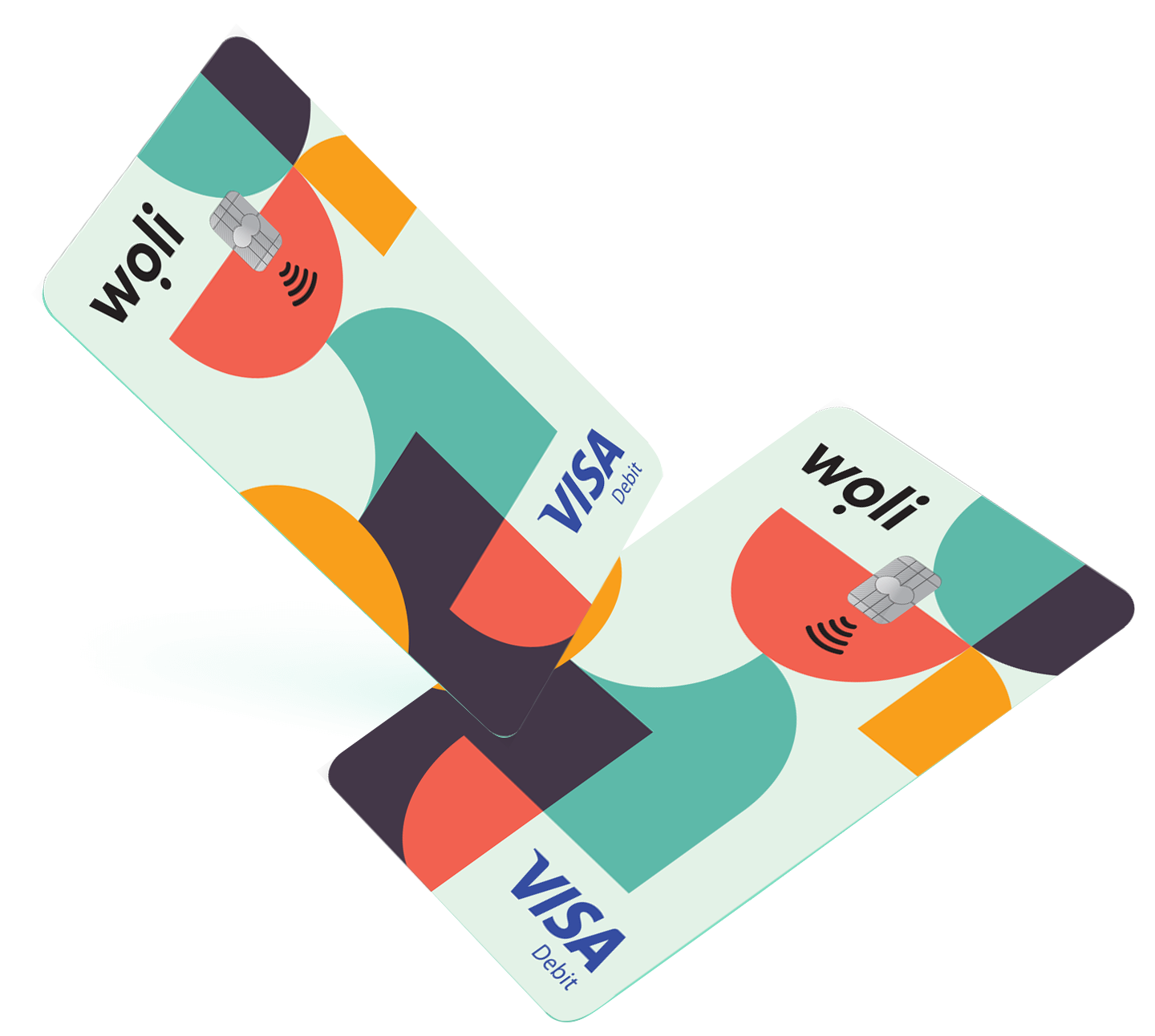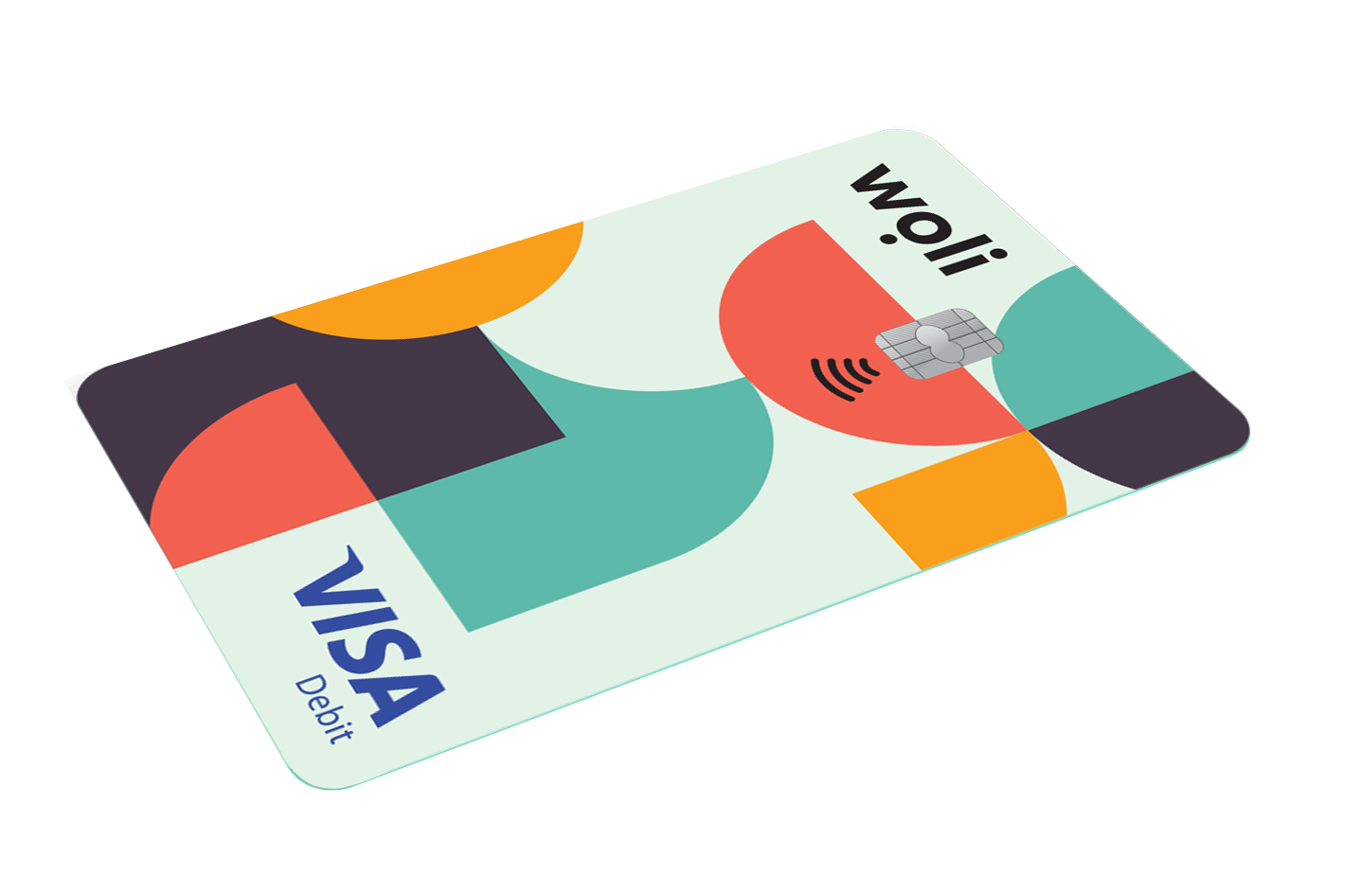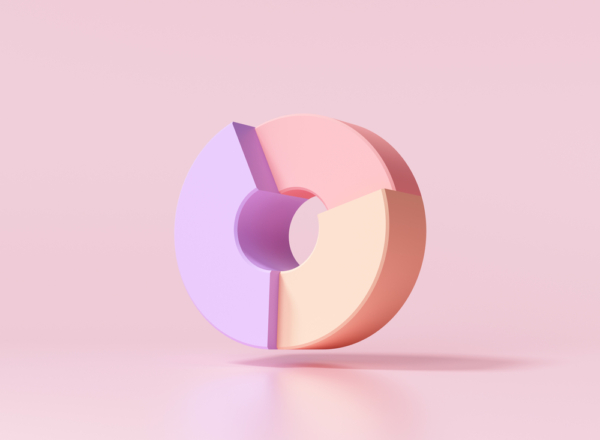Euro, Dollar, Ruble, Yen, Peso, Pound, Corona are just some of the many different currencies that exist in the economies of the countries of our planet. But really, how do all these different currencies “communicate” and how are they connected to each other? Exploring the paths of money (“money paths”) we will talk a little bit about parity, which is a very important term of the economy that will be useful to you in your online purchases and in your future trips to foreign countries.
So what exactly is parity?
Parity is a key economic term that shapes the relationship of two different currencies. That is, the exchange rate reveals the purchasing power of one currency over another. Simply put, the exchange rate shows you the difference in the value that one currency has in relation to another and is expressed by a number that determines that difference. These exchange rates are constantly changing since, as you may hear from time to time, the world’s economy is also changing. As a result, the prices of the world’s currencies rise or fall.
But how do we calculate the parity? As we mentioned above, the exchange rate describes the value of one currency in relation to another (for example: Euro € / US dollar $ 1.04). The first currency displayed in the pair of the exchange rate is always considered equal to the unit, while the number (e.g. 1.04) in the second currency indicates the amount from the second currency you need, in order to buy a unit of the first. To make the above example easier to understand, we say that at the time the article was written, the exchange rate between Euro/US Dollar was 1.04. That is, to buy 1 Euro you need 1.04 US dollars or vice versa 1.04 US dollars cost one euro. So from the above relationship we understand that if you want to buy a good from a website or on a trip in the US, you will have to convert the price into Euros by multiplying or dividing based on the exchange rate.









